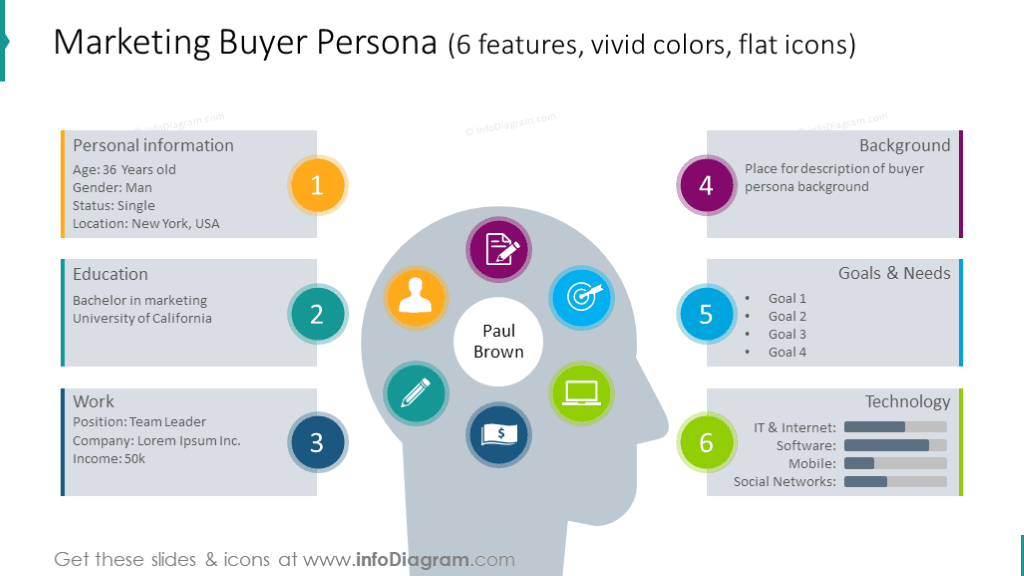Creating a Sales Playbook is an important thing to do when you are managing any size or level of sales team. More than a “book”, your sales playbook is a comprehensive strategy that aligns team efforts, refines sales methodologies and ensures that all team members are equipped with the knowledge and tools necessary for success. But did you know that up to 40% of sales teams don’t have one? And those companies that do, reps are 33% more successful as a result.
Not having a sales playbook can be a major oversight, as it is your blueprint for sales success. It can help to make sure that you have clear strategies, processes and tangible examples to help you and your team manage any sales situation or scenario.
Table of Contents
What is a Sales Playbook?
A sales playbook is the guide to all things sales in your company. Carefully crafted of all the experience and knowledge that the sales department and sales management has collated, it should guide, instruct, and empower sales professionals to perform at their best.
A good playbook should bring together best practices, sales strategies, and actionable insights into a comprehensive manual. If ever a rep, sales director or manager is in doubt, the sales playbook will have the answer and the “company line”.
It’s not an easy thing to create and will go under many different iterations over the years, however, this is because it’s a product of strategic planning,a deep understanding of the market, and consistent application of proven techniques. It’s not the sort of document that can be thrown together in an afternoon, and requires the input from more than just one person – even other departments should be included in getting this right.
Why Have a Sales Playbook?
The benefits of a well-crafted sales playbook are numerous. It ensures all sales team members are on the same page, using the same language, and following the same processes.
Having this uniformity is crucial for presenting a cohesive brand image and approach to potential clients. If one rep is offering incredibly discounted rates, and another never discounts at all, for example, this can cause some real headaches if those customers talk to each other, or even internally when it comes to billing and renewals.
Additionally, a playbook can significantly reduce the training time for new sales reps, as it provides them with a ready-made guide to the company’s sales process and strategies. For experienced sales professionals, the playbook serves as a valuable reference tool to refine tactics and strategies continuously.
A good playbook will bring together the collective wisdom and experience of a sales organization. It is a living document, one that evolves with the company, its products, and the market itself.
What Should Be In A Sales Playbook? Our 5 Must Haves
1. Comprehensive Customer Profiles
Having a clear understanding of your various customer profiles should be contained within your playbook. And while every customer is an individual, with their own sets of unique challenges, they will typically fall into a number of personas.

These should go into more than just “marketing director” but instead include their motivations, pain points, decision-making processes, and buying behaviors. This depth of insight enables sales teams to engage with prospects more effectively, tailoring their communication and sales strategies to match the specific needs and preferences of different customer segments.
Crafting these profiles involves a combination of market research, data analysis, and, critically, insights gathered from direct customer interactions. Sales reps play a crucial role in this process, as their frontline experiences provide invaluable insights into the customer’s world. These profiles should be dynamic, updated regularly with new information and insights to reflect changes in customer behavior and market trends.
Having solid customer profiles, based on real-life data, can serve multiple purposes. They help sales reps understand the ‘why’ behind customer behaviors, enabling more empathetic and targeted sales approaches. They also assist in identifying potential objections and resistance points, allowing sales teams to prepare more effective counterstrategies. Ultimately, detailed customer profiles contribute to a more personalized sales experience for the prospect, which can lead to higher conversion rates and more successful sales outcomes.
2. Clear Sales Processes and Methodologies
Having a standardized layout of sales processes and the methodologies that you expect your sales teams to use is a really fundamental part of your sales playbook. Some sales teams are happy to employe some tactics, while others may not. There can also be guidance in here about different legality and standardization that reps need to be aware of.
This in turn provides a roadmap for all sales teams to follow, from initial contact to closing the deal, ensuring that every step is executed with precision and efficiency. Having these processes eliminates guesswork, streamlines sales activities, and contributes to a more cohesive and effective sales approach. It’s also a great way to measure when a rep might need some additional managing, or perhaps needs to be escalated to a Performance Improvement Plan.
By defining and documenting these processes in the sales playbook, organizations can achieve greater consistency and predictability in their sales outcomes.
3. Product and Service Information
While most reps will know their products inside and out, it’s still a fantastic idea to have all the details laid out in the playbook in granular detail. This can include each product, or service, all the features, benefits, unique selling points, comparison with competitors, and much more.
Having this level of detail at their fingertips means that your reps aren’t stuck for answers, and can answer any question that a prospect may throw their way confidently. People ultimately want to be reassured, and having great product knowledge, really cements that buyer confidence. Ensuring that sales teams have access to comprehensive product and service information within the sales playbook is key to fostering confidence and competence in sales interactions.
4. Objection Handling Techniques & Scripts
Encountering objections is a natural part of the sales process. Having a playbook that has tried-and-tested strategies and scripted responses for the most common objection is a sure way to prevent them from being more difficult than they need to be. Having responses laid out will help enable sales teams to navigate these smoothly and maintain the momentum of the sales conversation. It also ensures that there is consistency in responses. It also makes sure that sales reps are not offering features that don’t exist or incorrect advice. Even just a prompt about waiting and listening to objections can make a world of difference. A study found that 54.3% of reps that follow up with questions after an objection are the most top-performing salespeople.
5. Case Studies and Success Stories
For many customers, they want to know that the tools and services that they are investing it will work. Social proof and real-life case studies are really powerful persuasion tools to keep in your sales playbook. These demonstrate in a clear way the benefits and successes previous clients have achieved, providing prospects with true evidence of the value offered.
Equally, being able to share success stories can inspire confidence in potential clients and help sales reps illustrate the positive impact of their products or services in a compelling and believable manner. What’s more, any company should be collecting feedback and testimonials from all their customers on a regular basis. By making sure that your business is doing this, typically through Customer Success, you can make sure that all case studies are kept fresh and you are not resting on your laurels from years ago.
What Shouldn’t You Include in Your Sales Playbook?
While we want a sales playbook to be in-depth it also needs to be succinct and concise. A rep when face with trying to find detail within a huge PDF document when on a call is going to struggle. Equally, making sure that the information contained is correct, and up-to-date, is also vital. There are some things that it may be tempting to include, but can actually hinder the effectiveness of a sales playbook. These include:Overly Complex Jargon
While your sales reps may be very savvy with industry jargon, not all prospects and new hires will be. Making sure that your play book is accessible and understandable, with concepts that can be easily grasped and articulated is really crucial. By all means, include a glossary of terms, but don’t make any responses or scripted details more technical than they need to beIrrelevant Metrics
Making sure that your sales playbook is a collection of insights and strategies should be prioritized over cluttering it with non-essential metrics that don’t directly impact sales effectiveness. While it may be tempting to put in all the relevant details, make sure that any data, statistics and other information is focused on the key performance indicators(KPI) that matter to a prospective client. If you want a bit more detail in what to consider a metric and what is a kpi then this video will help you to identify and isolate which ones to include.Static Strategies
Sales and the world is constantly evolving and changing. It’s safe to say that a sales playbook that was written pre-2020 is not as relevant now. Always make sure that your playbook grows with the company, the sales team and the world around you. Make sure to regularly update and refine your approach, and the playbook, and reflect new insights strategies and market conditions.
BONUS SUGGESTION: Enhancing Your Sales Playbook
While many sales playbooks are a simple ebook or PDF, there is the opportunity to add to them to make them richer and more interactive.
One great way to really enhance your sales playbook is to add in videos of real-life scenarios and calls. Incorporating real-life sales call examples into your sales playbook is made seamless with video call recording tools and AI, like tl;dv. This technology enables the trimming and inclusion of precise, impactful moments from calls, providing your team with relatable and effective strategies directly within the playbook.
Your Sales Playbook Can Empower Future Success + Resources
As you can see a well-designed sales playbook is not just a document but a useful company asset that can really enhance the effectiveness and unity of your sales team.
By continuously updating it with real-life examples, using tools like video call recording to give it some extra context, and by refining your sales-wide strategies based on customer feedback and evolving market dynamics, your playbook remains a living, breathing guide that grows with your team. Including the five examples above will ensure that whether your sales playbook is 15 pages or 200, that your team will be able to find value, consistency, and overall the tools and keys to close more deals and offer great customer-centric service at the heart of it.
For some great examples and templates of sales playbooks take a look at:





